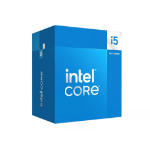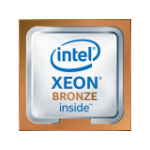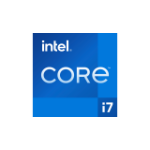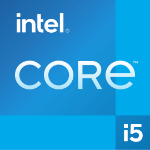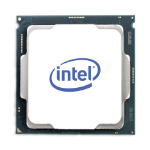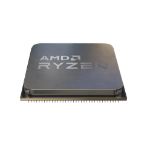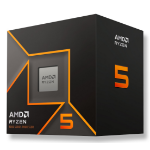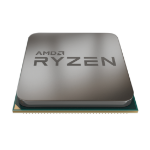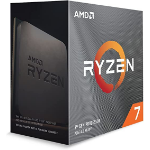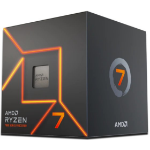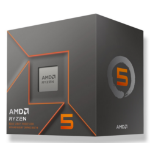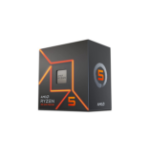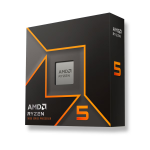Shop By Department
- Audio, Video & Multimedia
- Bags, Luggage & Travel Gear
- Building & Construction
- Computers
- Computer Cables
- Internal USB Cables
- Audio Cables
- Fibre Optic Cleaning Accessories
- Cable Accessories
- Cable Gender Changers
- Coaxial Cables
- DisplayPort Cables
- DVI Cables
- Fibre Optic Adapters
- Fibre Optic Connectors
- HDMI Cables
- InfiniBand & Fibre Optic Cables
- Internal Power Cables
- KVM Cables
- Lightning Cables
- Networking Cables
- Parallel Cables
- Power Cables
- PS/2 Cables
- SATA Cables
- Serial Attached SCSI (SAS) Cables
- Serial Cables
- Signal Cables
- Thunderbolt Cables
- USB Cables
- VGA Cables
- Video Cable Adapters
- Wire Connectors
- Computer Components
- Holder Parts & Accessories
- All-in-One PC/Workstation Mounts & Stands
- Chassis Components
- Computer Case Parts
- Computer Cases
- Computer Cooling System Parts & Accessories
- Computer Cooling Systems
- Console Extenders
- Drive Bay Panels
- Fan Speed Controllers
- Heat Sink Compounds
- Mounting Kits
- Network Equipment Chassis
- Port Dust Covers
- Rack Accessories
- Rack Cabinets
- Rack Consoles
- Rack Cooling Equipment
- Slot Expanders
- Storage Drive Enclosures
- CPU Holders
- Electronic Device Repair Tools
- Holders
- Interface Components
- Mobile Device Dock Station Accessories
- Mobile Device Dock Stations
- Peripheral Device Cases
- System Components
- All-in-One PCs & Workstations
- E-Book Readers
- Embedded Computers
- Handheld Mobile Computers
- PCs & Workstations Barebones
- PCs & Workstations
- Stick PCs
- Tablets
- POS Hardware
- Thin Clients
- Computer Spare Parts & Accessories
- Computer Cables
- Data Input Devices
- Data Storage
- Data Storage Devices
- Backup Storage Devices
- Card Readers
- Data Storage Device Parts & Accessories
- Disk Arrays
- External Hard Drives
- External Solid State Drives
- Internal Hard Drives
- Internal Solid State Drives
- Media Duplicators
- Memory Cards
- NAS & Storage Servers
- Optical Disc Drives
- Storage Drive Cases
- Storage Drive Docking Stations
- USB Flash Drives
- Data Storage Mediums
- Data Storage Devices
- Deals
- Electrical Hardwares & Supplies
- Batteries & Power Supplies
- Portable Power Stations
- Battery Chargers
- Maintenance Bypass Panels (MBPs)
- Portable Device Management Carts & Cabinets
- Power Adapters & Inverters
- Power Banks
- Power Distribution Units (PDUs)
- Power Supply Transformers
- Power Supply Units
- Uninterruptible Power Supplies (UPSs)
- UPS Accessories
- UPS Batteries
- UPS Battery Cabinets
- Wiring Devices & Accessories
- Power Conditioning
- Domestic Appliances
- Wire Raceways Conduits
- Lighting
- Electrical Controls
- Electrical Boxes & Accessories
- Circuit Protection
- Cable Clamps
- Cable Insulation
- Low, Medium & High Voltage Cables
- Cable Organizers
- Cable Sleeves
- Cable Tie Mounts
- Cable Ties
- Batteries & Power Supplies
- Entertainment & Hobby
- Home
- Industrial & Lab Equipment
- Laptops & Notebooks
- Mobile Phones & Accessories
- Monitors
- Networking
- Office Equipment & Supplies
- Printers & Scanners
- Security & Automation
- Access & Control
- Blind/Shutter Accessories
- Electromagnetic Locks
- Access Cards
- Access Control Reader Accessories
- Access Control Readers
- Audio Intercom Systems
- Cable Lock Accessories
- Doorbell Chimes
- Cable Locks
- Doorbell Chime Covers
- Doorbell Kits
- Fingerprint Readers
- Hardware Authenticators
- Intercom System Accessories
- Port Blockers
- RFID Readers
- RFID Tags
- Security Access Control Systems
- Security Door Controllers
- Video Intercom Systems
- Facility Safety Products
- Household Sensors & Alarms
- Security Devices
- Smart Home Devices
- Surveillance Systems
- Access & Control
- Servers
- Softwares
- Stationery
- Telecom & Navigation
- Hospitality
- Warranty & Support
Search


